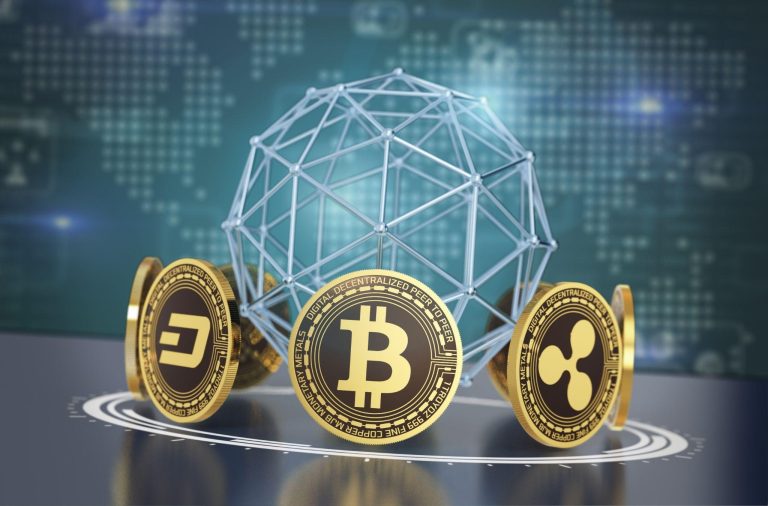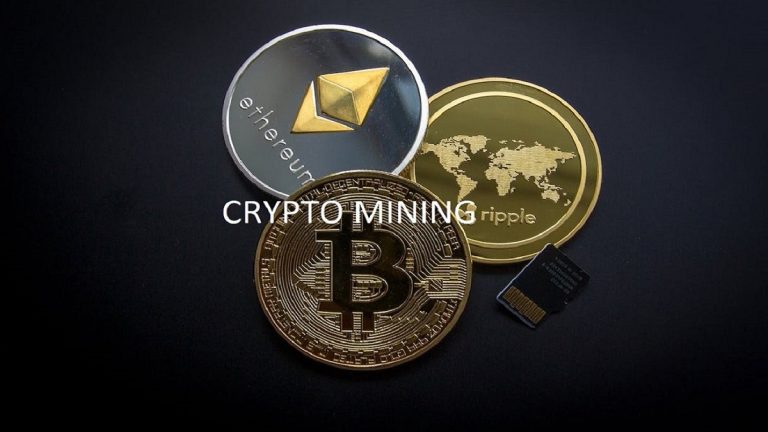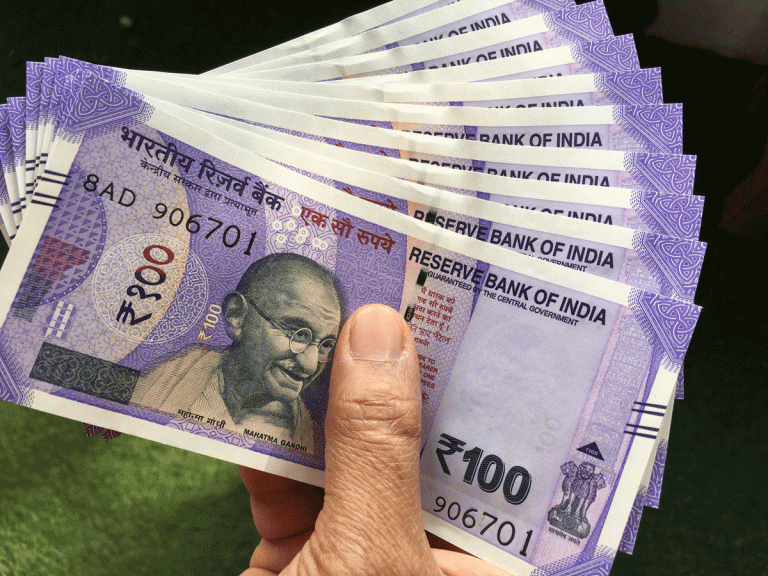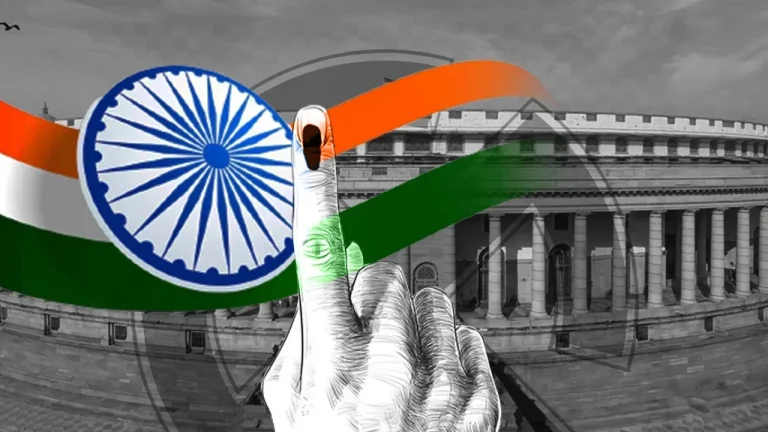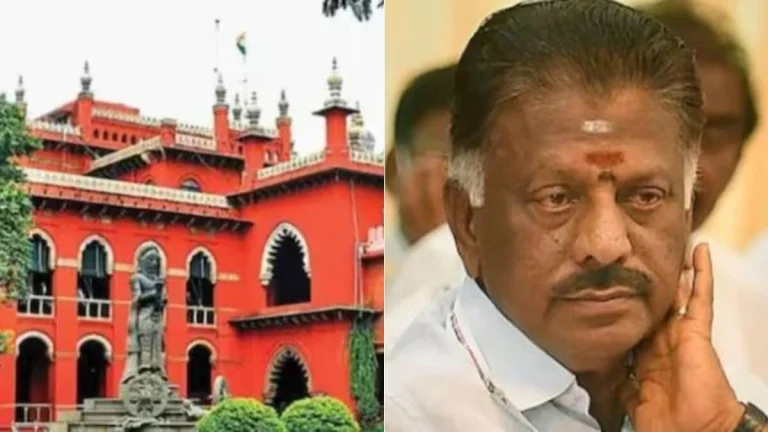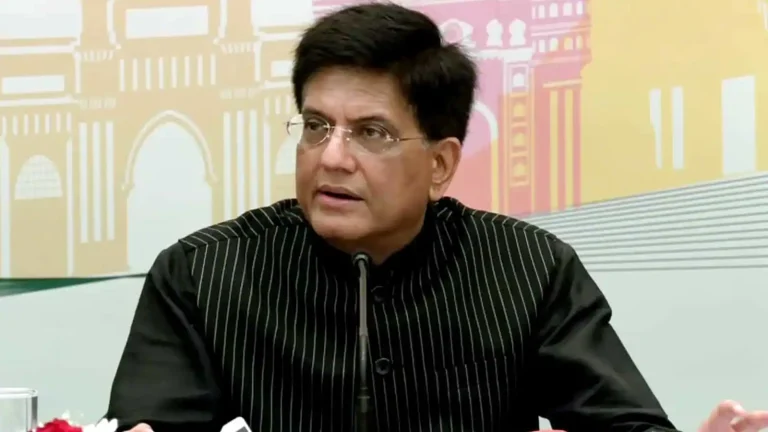In the ever-evolving landscape of cryptocurrency investment, choosing the right crypto exchange is a crucial decision. Whether you’re a seasoned crypto trader or a novice investor, there are several factors to consider when selecting a crypto exchange. In this comprehensive guide, we will delve into five essential points that can help you make an informed choice and ensure the security and success of your crypto endeavors.
Security Measures to Look For
Security should be your top priority when choosing a cryptocurrency exchange. The cryptocurrency market has seen its fair share of hacks and security breaches, making it imperative to select an exchange with robust security measures in place.
Regulatory Compliance: Begin by checking if the exchange holds the necessary licenses and regulatory approvals in your jurisdiction. A licensed exchange is more likely to adhere to stringent security protocols and regulatory guidelines, providing you with a layer of protection in case of disputes or issues.
Custodial Options: Examine the exchange’s custodial options. A reputable exchange should offer secure storage solutions for your digital assets, including cold storage and multi signature wallets.
Due Diligence and AML Procedures: Investigate the exchange’s customer due diligence process and anti-money laundering (AML) procedures. A strong AML framework ensures that the platform is committed to combating illegal activities and fraud.
Fees and Liquidity
Fees and liquidity are pivotal factors that can significantly impact your trading experience on a crypto exchange.
Transaction Fees: Every exchange charges fees for various services, including trading, withdrawals, and deposits. While low fees may seem enticing, it’s essential to consider the overall value offered by the exchange. Some exchanges with low fees may lack sufficient liquidity, affecting your ability to execute trades efficiently.
Liquidity: Liquidity is the lifeblood of any trading platform. A crypto exchange with high liquidity allows you to buy and sell assets at fair market prices. In contrast, low liquidity can result in slippage, where you pay a significantly higher price than expected for an asset.
Supported Currencies
The range of supported cryptocurrencies is another critical factor to evaluate when choosing an exchange.
Diverse Asset Selection: A good exchange should offer a diverse selection of cryptocurrencies. Access to a wide range of assets can provide you with increased market opportunities, efficient pricing, and enhanced security through portfolio diversification.
Regulations and Restrictions: Different exchanges may have specific rules and regulations regarding supported assets. Ensure that the exchange aligns with your investment strategy and offers the cryptocurrencies you intend to trade or hold.
Customer Support Options
Prompt and reliable customer support can make a significant difference in your crypto trading experience.
Communication Channels: Evaluate the exchange’s customer support options, including live chat, email, and phone support. Quick and accessible customer support is invaluable when you encounter unexpected issues or have questions about your account.
Responsiveness: Test the responsiveness of the exchange’s support team by reaching out with inquiries or concerns. A responsive support team can swiftly address your problems and enhance your overall user experience.
Reputation and Reviews of the Exchange
Before committing to an exchange, gather insights into its reputation and read user reviews.
Online Reviews: Research online reviews on reputable digital asset review websites. These reviews often highlight the strengths and weaknesses of various exchanges, helping you make an informed decision.
Seek Personal Recommendations: Reach out to your network, including fellow crypto enthusiasts and investment professionals, for personal recommendations. First-hand experiences can provide valuable insights into an exchange’s performance and trustworthiness.
Conclusion
In the fast-paced world of cryptocurrency trading and investing, selecting the right crypto exchange is a critical step toward achieving your financial goals. Each exchange has its unique strengths and weaknesses, so it’s essential to evaluate them based on factors such as security protocols, supported currencies, liquidity, fees, and customer support.
Furthermore, don’t underestimate the importance of researching an exchange’s reputation and reviews. By taking a methodical and cautious approach to choosing a crypto exchange, you increase your chances of partnering with a reliable and secure platform that aligns with your investment needs and objectives.
Remember that cryptocurrency investments carry inherent risks, and thorough research and due diligence are key to making informed decisions in this rapidly evolving space. Choose wisely, stay informed, and navigate the crypto market with confidence.



